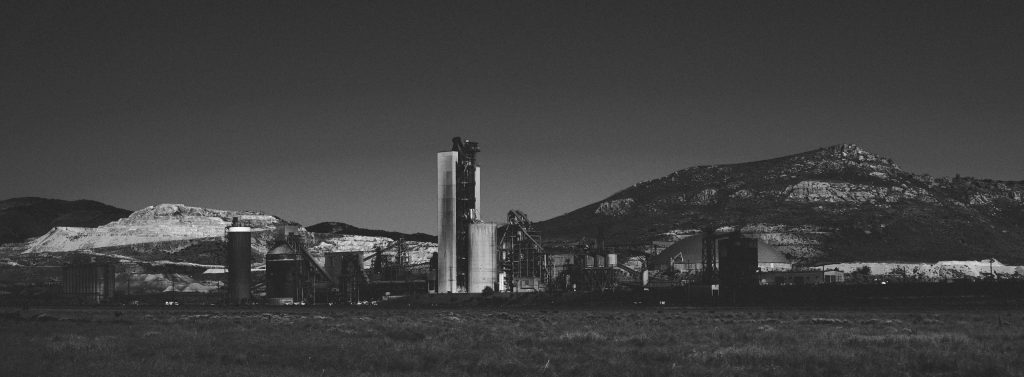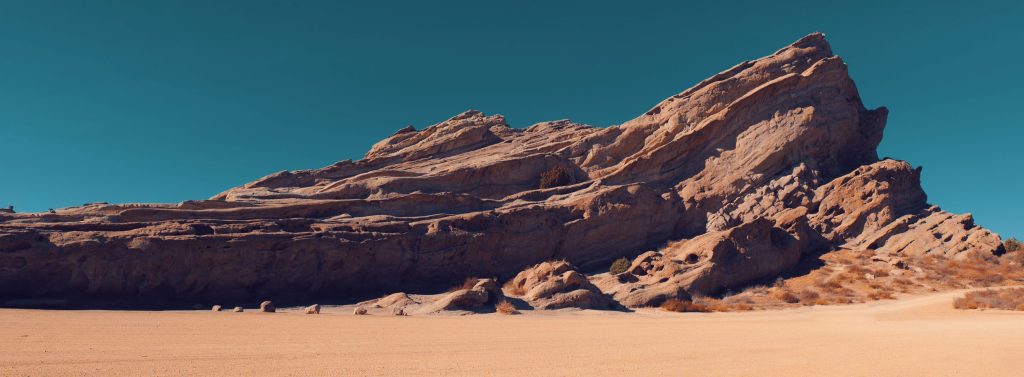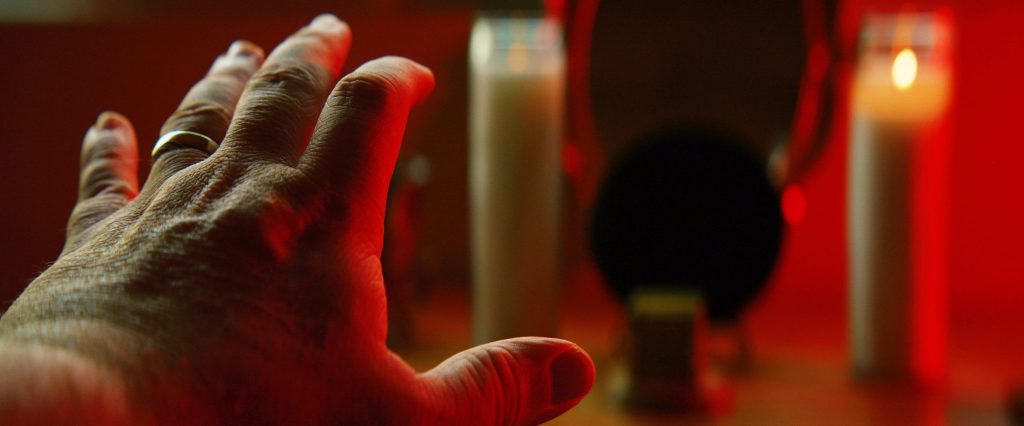Going Wide: Anamorphic vs. X-Pan
It used to be that one had to spend upwards of $5k to get a digital X-Pan aspect ratio. Today, however, a wide variety of Lumix cameras can produce the 65:24 aspect ratio of X-Pan for less than half that price. I love wide angle shots. The ratio of 65:24 vs a typical cinematic anamorphic 2.39:1. Doing the math the 65:24 X-Pan ratio is roughly 2.7:1, which is wider than typical cinematic anamorphic, but what’s the quality for stills?
X-Pan Stills
Using a camera with X-Pan mode can get quick and easy results. X-Pan goes back to Hasselblad days, where two 35mm frames were set side by side, giving an ultra wide shot. Of course Hasselblad’s are incredibly expensive. Fuji came out with the aspect ratio on their GFX medium format bodies, but again these start at $5k new.
Lumix is the only other digital camera option I’m aware of that will produce X-Pan shots. To shoot in X-Pan on a Lumix camera body, one simply sets the aspect ratio and takes pictures. No desqueezing or special considerations.
From what I’ve read 45mm is one of the preferred focal lengths of X-Pan enthusiasts. I don’t have a 45mm lens on my Lumix S9, but I do have a Lumix 50mm and a 20-60mm. Below are X-Pan shots from both lenses for comparison.
A few examples of X-Pan stills are below. Notice the width.



Digital Crop Considerations
Unlike X-Pan film, digital sensors are cropping to get the X-Pan look. The crop is passed to the screen, and the cropping is happening in camera. One could also achieve this with a mobile app or in Photoshop. Having the convenience in camera allows for proper framing of the subject.
As a crop, there is loss of resolution. On a Lumix 24MP camera, I end up with a X-Pan image that is roughly 6000 x 2000. A 50% vertical crop. Large prints can still be obtained by either shooting raw for better detail, or by post process image enlargement.
Although medium format cameras with the X-Pan crop are also losing full sensor data, their larger sensors and greater MegaPixels allow for a larger cropped X-Pan image.
Anamorphic Stills
Although my Lumix S9 desqueezes video in camera, it doesn’t have a dedicated desqueeze photo mode. However, setting up a photomode for anamorphic is fairly easy to do. When the lens is attached, a custom mode can be used to take pictures. The squeeze factor will look a bit distorted on screen, but it’s still usable. I’ve noticed that photos in this way tend to be less wide than open gate recording. Yet the shots still look pretty interesting. The below shots were from a Sirui Saturn 75mm anamorphic lens that has a squeeze factor of 1.6. Since this is a custom photo mode, I don’t exactly get the same wide ratio I’d get with a movie. I’m desqueezing in Photoshop by setting the width to 160% and keeping the height 100%.


Comparing Stills
I really like the X-Pan format. It’s wider than the 1.6 Sirui anamorphic lenses. 1.33 would be even less wide. I don’t have a squeeze higher than 1.6, but even the cinematic ratio of 2.39 is les wide than the X-Pan 2.7.
While X-Pan is a crop of the sensor, Anamorphic has no cropping at all. It uses the full sensor by squeezing the image horizontally. If you’re a sharpness guy, that doesn’t necessarily mean that anamorphic is more sharp. Anamorphic shots and film tend to be more smooth and less sharp than prime optical lenses. Almost vintage in feel.
Other Considerations
If still image width were the end result, than X-Pan format is the winner. It looks amazing. Online print shops will print X-Pan aspect ratio and Amazon now has cheap frames in 65:24 ratio for physical prints. It’s great. Yet anamorphic is more than just width. Anamorphic has a unique style in regards of DOF vertical stretch and we sometimes can get horizontal flaring.
Anamorphic DOF


Horizontal Lens Flare
Although Sirui is famous for it’s abundance of strong horizontal lens flare, my Sirui Saturn anamorphic 75mm doesn’t provide much if any lens flare. I can’t provide examples of it, but one could easily search up Sirui anamorphic lens flare to spot it.
Cinematic Video
We can’t shoot X-Pan video. That gives the upper hand to anamorphic. Anamorphic is designed for video. It’s used in cinema we see on screen, TV, etc.
When I first got ahold of my Lumix S9 I was surprised I couldn’t shoot video in X-Pan format. It seemed a natural option, since the still aspect ratio is available. Video is a different beast altogether. Learning about filming, I came to the realization that the best solution here was to get an anamorphic lens. Anamorphic lenses are designed for film, to get a wider shot. The field of view is that of a much wider lens. My 75mm lens has the field of view of a 45mm lens. As the image is squeezed when shot, and then desqueezed in post there’s a unique look. When we see the look in movies and TV it gives a cinematic look to the film. This type of stylization is more cinematic than LUTs or color grading, at least that’s my opinion.
Lumix S9 shoots much wider open gate than I get manually desqueezing photos in Photoshop, consider the following 1.6 squeeze factor footage:









